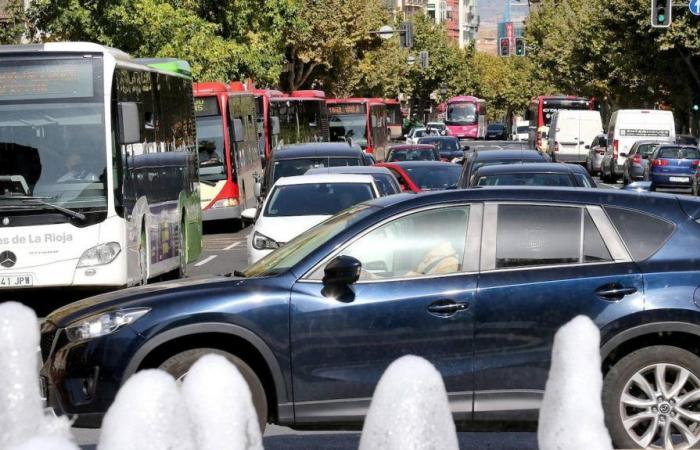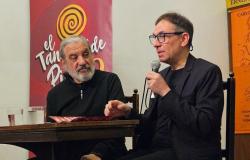Monday, June 24, 2024, 12:35
| Updated 12:43 p.m.
Comment
Copy link
WhatsApp
Facebook
X (formerly Twitter)
LinkedIn
Telegram
Threads
The quality of the air that was breathed last year in La Rioja was “good” for our health and for the protection of ecosystems and complied “in a general way” with all the values and objectives established in this matter, with the exception of some exceeding the long-term objectives that have been set for oxygen. The quality, in any case, was influenced by the particles that arrived from the African continent. These are just some of the conclusions that the regional Executive has drawn this Monday from the latest Air Quality Assessment, prepared from the continuous measurements that have been carried out on the main atmospheric pollutants in five monitoring stations of the community.
The report, in fact, confirms “a very good state of air quality, a fairly favorable situation and a trend towards continuous improvement over the years, with small differences that depend on the heat and that influence some of the pollutants,” explained the general director of Environmental Quality, Climate Change and Water, José María Infante. Not surprisingly, the air quality has been “good or reasonably good” 92% of the time.
The statistics, which evaluate the different pollutants, highlight in relation to PM10 particles that the quality was “very influenced” in 2023 by the episodes of Saharan intrusions, which caused this to be “regular or unfavorable” on two out of three occasions. . Regarding daily exceedances of the value of 50 micrograms per cubic meter (µ/m3), last year six were observed due to particles that arrived from the African continent and two for anthropogenic reasons, which could have come from “agricultural work or roads.” ».
In relation to PM2.5 particles, which are “finer and harmful to health”, the values obtained were “very good, they were below 6 µ/m3 in the urban agglomeration of the city and around to 7 µ/m3 in rural areas. »The situation is quite favorable, because we are well below the current annual limit values (20 µ/m3)«, assured Infante.
In the case of ozone, the urban area of Logroño did not exceed the established eight-hour value at any time (120 µ/m3), while in rural areas there were “two exceedances compared to the 25 admissible throughout the year, for “which the situation is very favorable.” “We are in a situation of compliance with the regulations that are in force, but not in relation to the long-term objectives.” Despite this, «we have improved peak times. There has been a very slight increase in the annual average in the city, but it is still well below the limit values (we are at 17 µ/m3).
The sulfur dioxide levels, for their part, were “very low” and “testimonial” in some cases. In the urban agglomeration, 1.3 milligrams per cubic meter were recorded (compared to the 10 allowed) and in the rural area, one tenth, 0.7 µ/m3. Good results were also obtained in other pollutants, such as benzene. Regarding the limit values established for the protection of vegetation, those obtained for sulfur dioxide and nitrogen oxide “have been quite good, below the evaluation thresholds.”






